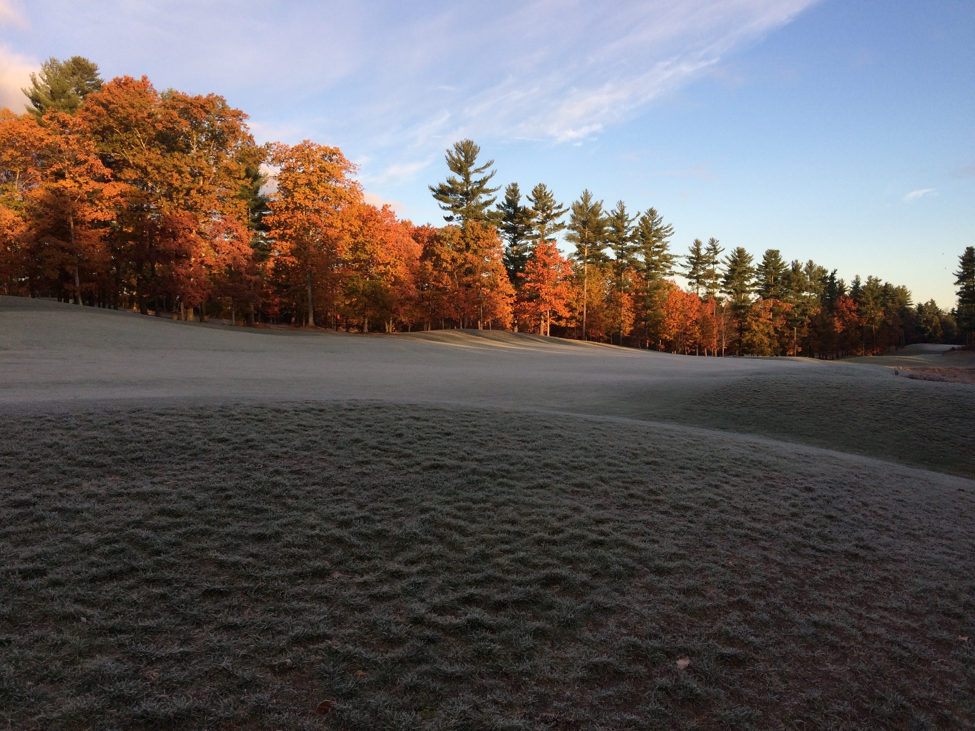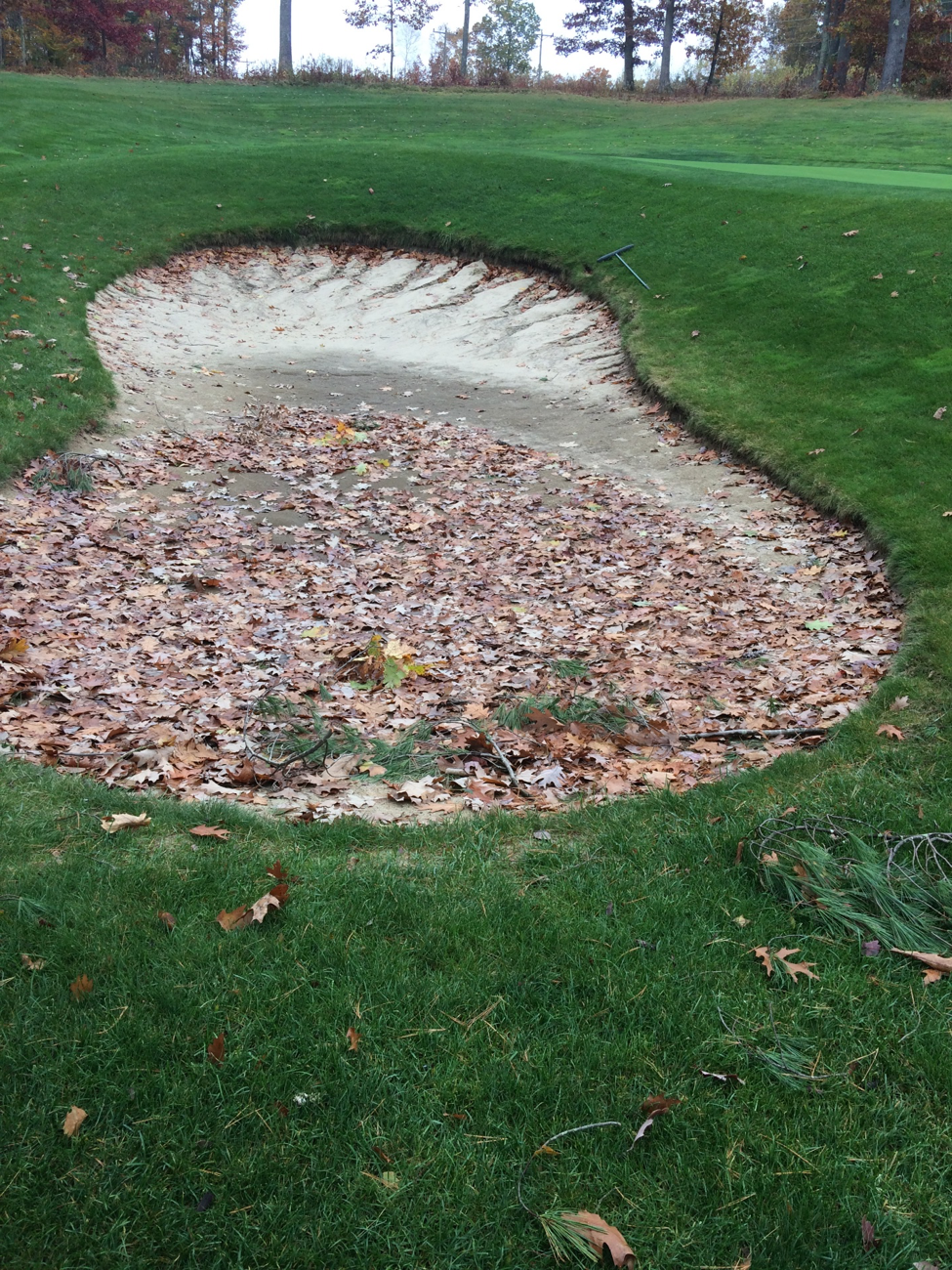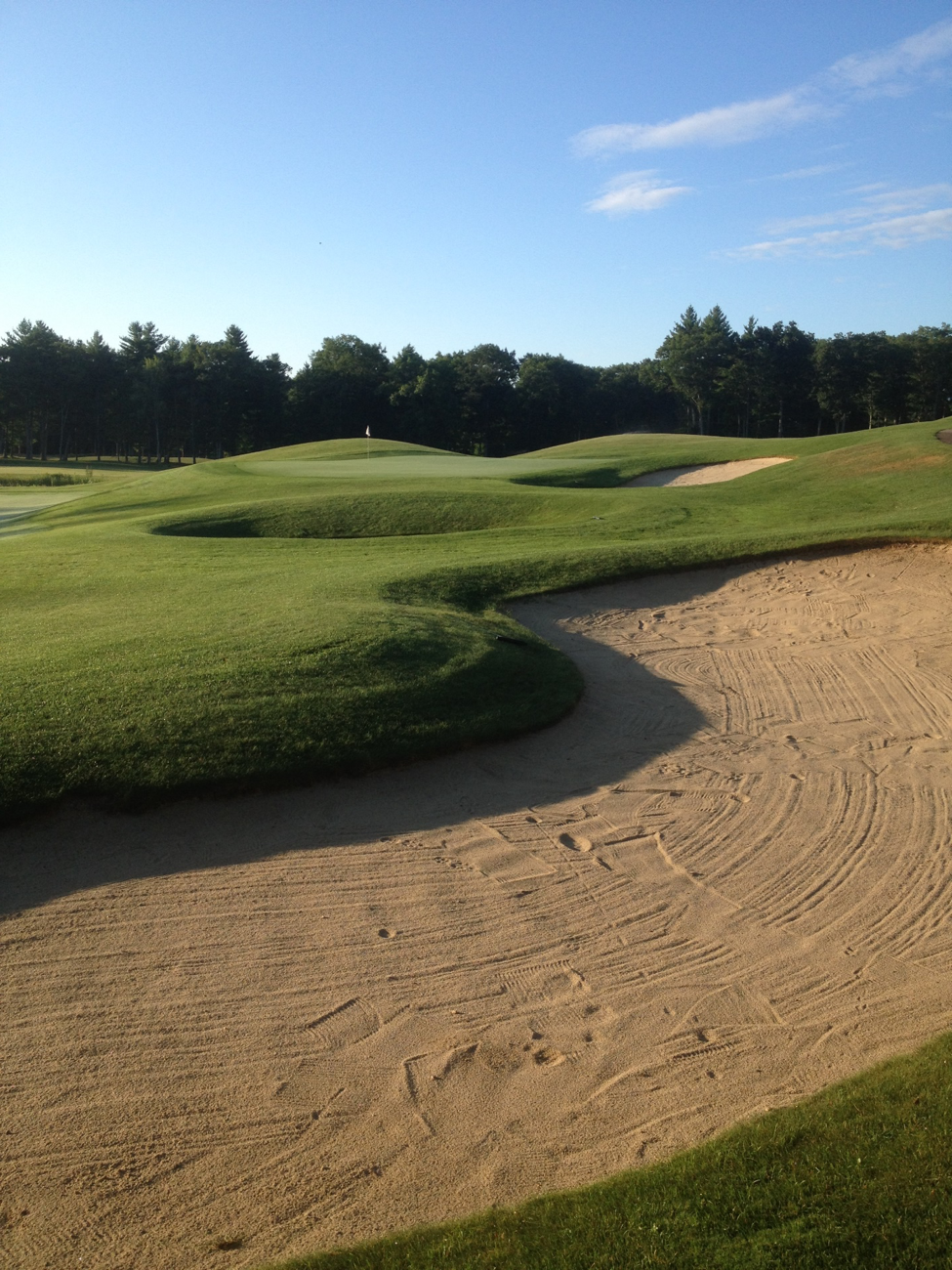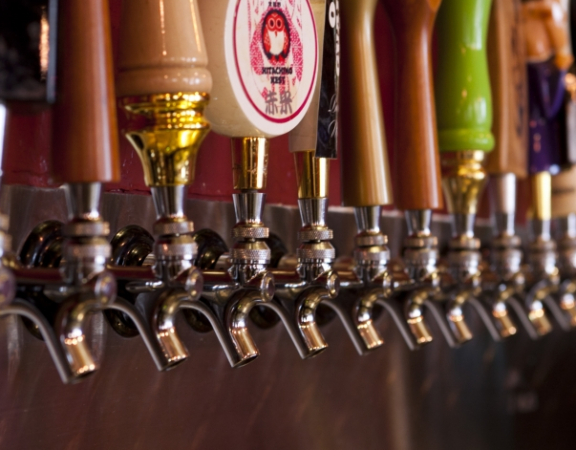To a golfer, few things are as satisfying as playing a good game of golf on a course with mature trees lining each side of the fairway. Players come to the course for the game but also to appreciate the calming beauty that a golf course can offer. However, it has long been known that trees on golf courses can wreak havoc with turfgrass quality and playability. For us, trees and the work they create have become a part of doing business, and few players realize just how expensive trees can be. Some trees are clearly important assets to the golf course providing beauty and strategic values to the game. On the other hand, the effects of trees are a major cause of poor quality turf. The negative effect from trees on turf quality and operating budgets can be summarized as follows.
-
Growing Environment- The agronomic truth is that trees can make it physically impossible to grow healthy turf that plays well. Sunlight is the fuel source that runs the photosynthetic engine and tree leaves, limbs and branches block sunlight and reduce air circulation that are vital for turf health, growth and recovery. Minimal light prevents the grass plant from operating at optimum efficiency and produces weaker less wear tolerant turf. Poor air circulation reduces the cooling potential of the turf and helps raise the relative humidity levels. High humidity creates an ideal environment for fungal pathogens to infect and weaken less vigorous turf. Heavy vegetation restricts air movement which helps naturally cool the turf in hot and humid conditions.

-
Debris Removal- Leaf removal in the spring and fall at The Oaks runs into the thousands of dollars with labor costs including equipment. Debris removal following wind storms of many non-deciduous trees like white pines drop needles and pine cones at other times of the year which requires significant labor to clean up. Sand Bunkers also get their share of debris from twigs, acorns, fruits. etc. as this type of clean-up can be more labor intensive with time and staff depending on the intensity of the storm.

-
Playability – Tree debris constantly gets lodged in mowers can and dull blades of mowing maintenance equipment which produces a poor quality of cut and increases parts and labor costs. From a golfer’s standpoint in spring in fall, shaded turf prolongs frost delays. At times, tree roots can clog bunker drainage lines which results in more time for water to move out of the bunker system. Surface tree roots are damaging to golf carts and shorten mowing equipment useful lifespan.

-
Health/Safety- Few like to admit it, but trees can damage property and injure or kill people. Potentially hazardous trees can be found on many areas of the course.

-
The Bottom Line: Cost– Trees are remarkable natural resources that provide many benefits. However, too many trees elevate the cost of golf course maintenance, reduce turf reliability and slow turf recovery from summer/winter damage. Virtually every aspect of The Oaks course can be improved by systematically removing undesirable, hazardous and unnecessary trees.








2 Comments
Great article, I learned a lot from it!